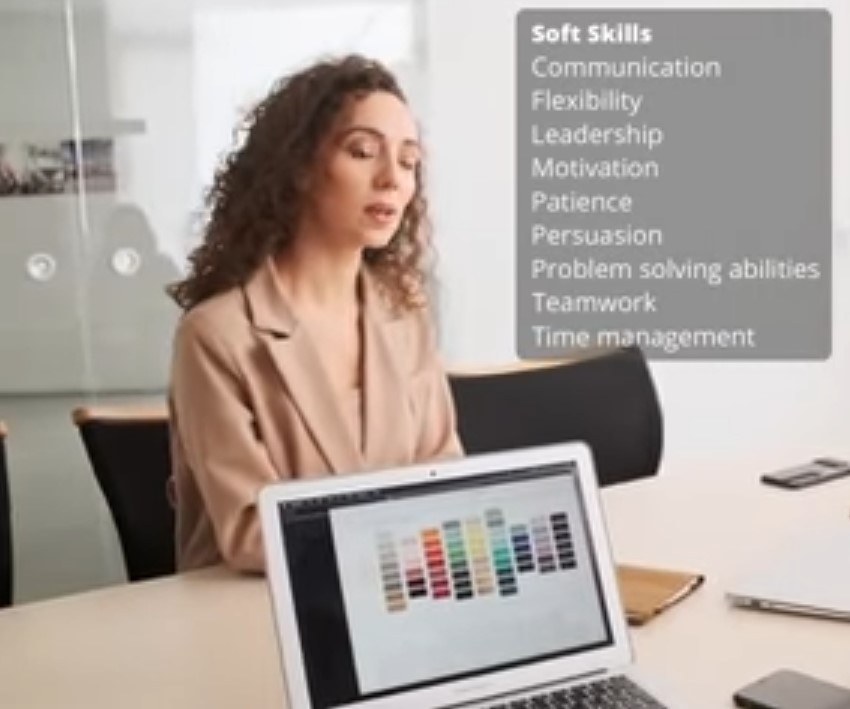Fundamentals of Computer and Information Technology
SYLLABUS
DETAILED
CONTENTS
1.
Fundamentals of Computer
Historical evolution of computers,
Generations of computers, Classification of computers-based on size, processor,
Usefulness of Computers. Applications of computers, Block Diagram along its
components and characteristics, Interaction between the CPU, Memory
Input/output devices, function of CPU Performance, Recognize the current family
of CPUs Performance, Recognize the current family of CPUs used in Computers,
Types of Memory-RAM ROM, Monitor, Mouse, Keyboard, Disk, Joysticks,Storage
Devices,Floppy Disk, CD,DVD,Pen drive, Trackballs, Printers, Types of Printers,
Scanner, Modem, Video, Sound cards, Speakers.
2.
Data Representation
Definition of
Information, Difference between data and information, importance of Binary
Number System, Various Number Systems, Conversion from Decimal to Binary,
Conversion from Binary to Decimal, Binary number into Hexadecimal Number,
Hexadecimal Number into Binary Number System, Memory Addressing and its Importance, ASCII and EBCDIC coding System.
3.
DOS & Windows Operating Systems
Hardware and Software,
Types of Softwares , Indtroduction and need of operating system. Types of
Operating System, DOS operating system, Types of DOS
operating system as a resource manager;BIOS;System
utilities –Editor, Loader, Linker, File Manager.Concept of GUI and CUI standards.Directories and
files, wild cards,autoexec.at, config.says, features of Window desktop,
components of Window, function of each component of Window, method of starting
a program using start button, Understand maximize, minimize, restore down and
close button, uses of file and folder, method
of viewing the contents of each component of Window, method of starting a
program using start button, Understand maximize, minimize, restore down and
close button, uses of file and folder, method of viewing the contents of hard
disk drive using explore option, control panel, disk defragmentation installation
and uninstallation of the application software.
4.
Fundamentals of Internet
Concepts of computer Network, Client
Server Model, Peer to Peer Model, Networking Devices: Switch, Router, Hub,
bridge, Gateway, LAN, MAN,WAN,Topology,Internet, Extranet, Bridge internet
service provider and its relevance, role of the modem in accessing the internet,
installation procedure of a MODEM using control panel, purpose of web browser software,
URL, URI, URN, WWW, FTP, HTTP, RDC(Remote Desktop Connection), Telnet, Email,
process of sending and receiving e-mail, transmission modes, IP address and its
format, MAC Address, DNS, search engines, social network sites, internet
security, Firewall, Cloud Computing and its services.




0 Comments